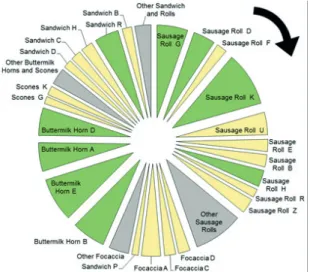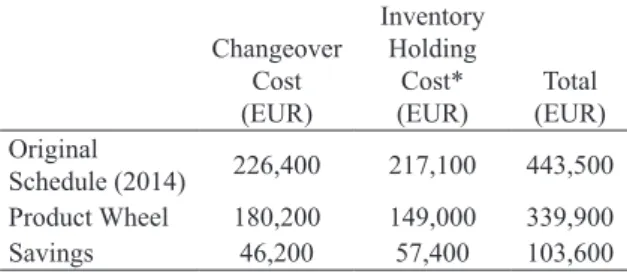Product Wheels for Scheduling in the Baking Industry: A Case Study
Full text
Figure
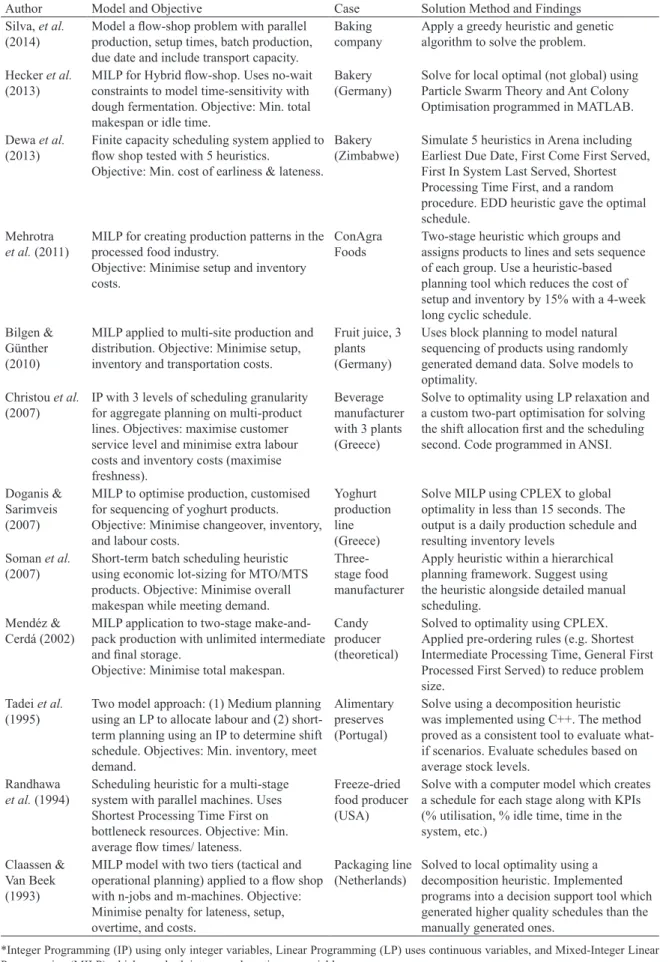

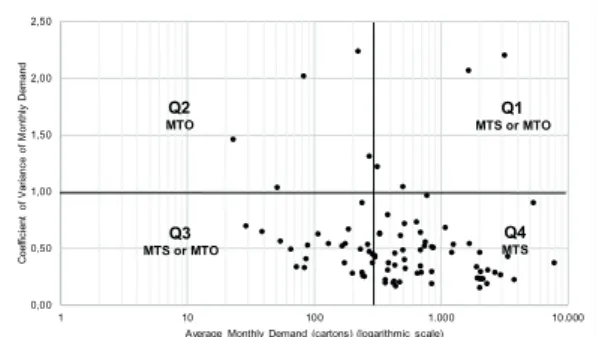
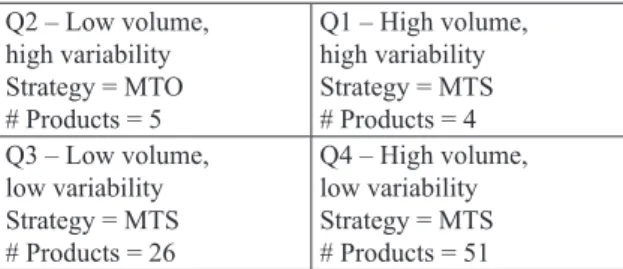
Related documents
You can refer to "acti- on_transaction_response" method in cybersource payment method controller file to see how to handle the response and customize it to your liking in
He reported a high and positive (0.77 to 0.98) genetic correlations between body weight at different ages from dam and sire plus dam components of variance; and the
The second research question attempted to investigate the effect of phase two of the study, the deliberate practice phase, on the experimental group‟s levels of
S – Minimum number of fibres required for a particular count yarn is higher for ring spun yarns as compared to rotor spun yarns.. Spindle speed will be
We used human PSSMs from some of the largest and most frequently used ‘open source’ TFBS data sources: hPDI (19 matrices), JASPAR (58 matrices linked with 56 dif- ferent
The association between epilepsy and palmoplantar fibromatosis was first described in 1941 by Lund where he noted an incidence of Dupuytren's disease reaching 50% in 190 men and 25%
This paper reports on a project in which a Group Support System (GSS) equipped with a causal mapping facility was used to acquire knowledge from experts in seven European cities
FD: fibrous dysplasia of bone; PP: precocious puberty; GNAS: G protein binding adenylyl cyclase stimulatory; cAMP: cyclic adenosine monophosphate; Gs alpha: G pro- tein α
